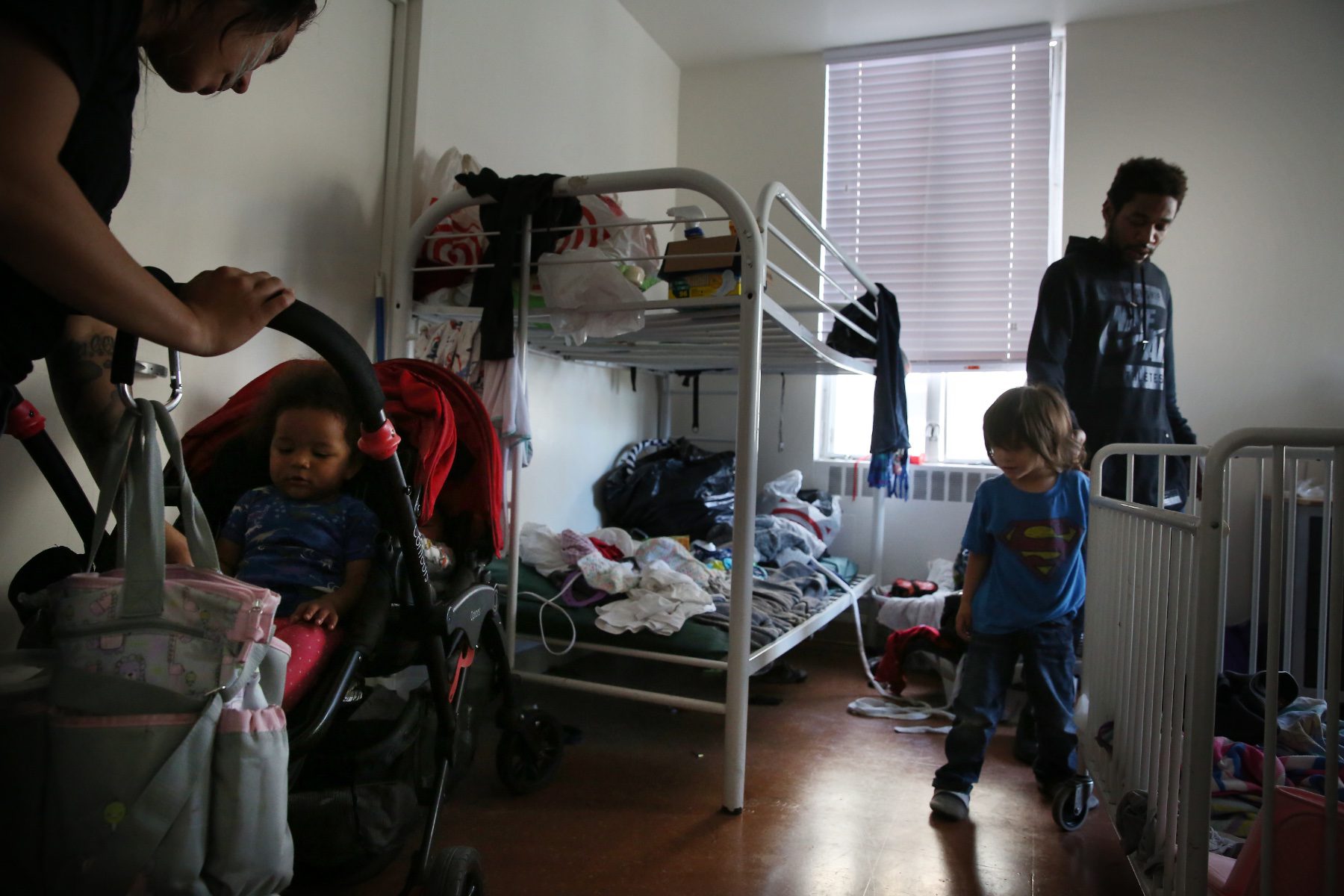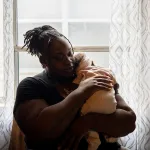For the better part of a decade, Diana Greene Foster followed 1,000 women who were seeking an abortion. One group received the care, and the other was denied it: The pregnancies were too far along. As Foster watched Texas become the first state to have a six-week abortion ban go into effect last week, she thought of what she now knows are the myriad repercussions of that decision.
Foster’s study, one of the most comprehensive on the real-life consequences of denied abortion access, showed that beyond the mental and physical health outcomes, economic wellbeing also plummets when people can’t access abortion care.
“I think the people who passed this law did not consider the harm they are doing to women and their families,” Foster said. “It is just such a massive intrusion into people’s lives and it has real consequences.”
About half of people who get an abortion live below the federal poverty level, and the majority of the women who took part in the research, known as the Turnaway Study, were low wage at the start. (No nonbinary people or trans men took part in the study, and there is very limited data on outcomes for the LGBTQ+ community.) The consequences of being denied an abortion plunged those women deeper into poverty, said Foster, the lead author of the study and a professor at the University of California San Francisco.
Her work has led to a deeper understanding of the implications of restricting the ability to make critical health decisions and has put into sharper focus the potential ripple effect of a Texas ban that began last week that will effectively bar pregnant people from the procedure.
In Foster’s study, the “economic trajectories” of the two groups diverged when the babies were born. The hardships for those people who did not get an abortion “last for years,” Foster told The 19th.
According to the study, the group of women who were denied care fell deeper below the federal poverty line, taking four years to catch up to the levels of employment of the women who received an abortion. About 72 percent of the women who did not receive an abortion ended up living in poverty, compared with 55 percent of those who did.
A study of the women’s credit reports, released last year, found a 78 percent increase in the amount of debt that was a month or more past due after the women gave birth and an increase of 81 percent in reports of bankruptcy, evictions and tax liens for that group.
Over the years that she worked on the study, Foster said, she learned how abortion can affect entire families. Many of the participants who did not receive abortions said financial hardship was one of the main reasons they didn’t want to continue their pregnancies. They didn’t want to give birth to a child they couldn’t financially support, or they had other children already and wanted to ensure they could provide for them.
The unwanted pregnancy, and the inability to end it, nearly ensured that those women, their partners and their children lived in poverty. Children who live in poverty have worse health and educational outcomes, and they are more likely to live in poverty when they are adults.
And that’s not because they aren’t attempting to improve their lives, Foster noted, but because systemic policies make it harder for people of color, in particular, to gain upward economic mobility.
“It’s not a passive thing, and when the state intervenes to prevent them from achieving their goals, there are real bad outcomes — bad outcomes that last years,” Foster said. “It’s just not possible that emotional resilience can make up for a lack of food on the table.”
The passage of the Texas law, which other states are considering replicating, comes as economic outcomes are already depressed for women of color, who have experienced the deepest levels of unemployment during the pandemic recession.
The women’s recession of the past year and a half is related to the fact that women are overrepresented in lower-paying jobs. Because of decades of occupational segregation, women make up the majority of care, retail and hospitality workers, making them the most likely to lose jobs when coronavirus closures began in 2020. Then, a lack of federal investment in child care caused thousands of centers to close, and, absent additional workplace policies to support parents, moms took on the majority of the care in the home. Hundreds of thousands quit their jobs. In September 2020 alone, 865,000 women left the labor force — four times the number of men.
The recession has had a disproportionate impact on women of color. Month after month, Latinas and Black women have lagged far behind White women in returning to the labor force. And although data on LGBTQ+ people is more limited, it is clear they have also suffered economically during the pandemic and continue to do so, even as businesses have reopened.
Layered on top of that now is the effective end of abortion access in Texas.
C. Nicole Mason, the president and CEO of the Institute for Women’s Policy Research, said restrictions like the one in Texas will cause people to spend more money trying to obtain an abortion out of state, and if they are unable to, potentially reduce their work hours in the face of lack of access to child care once their babies are born.
About 95 percent of the lowest paid workers in the United States — most of them women — don’t have access to paid family leave. The average annual cost of child care is higher than the cost of in-state college tuition in 33 states and Washington, D.C.
Black women, especially, have been at the intersection of many of those disparities. They are more than twice as likely as White women to work in service occupations and make up 37 percent of the home care workforce — all jobs paying little more than minimum wage with very limited access to paid leave. Black women have also endured a year and a half of dual pandemics — coronavirus and a reckoning on systemic racism.
“Then on top of that you have policies and practices that not only limit women’s reproductive rights and autonomy but make it a crime — criminalize it,” Mason said. “It does feel very assaultive [for Black women], particularly, in this moment.”
The Texas ban includes a clause that allows private citizens to sue anyone they believe to be “aiding and abetting” a person receiving an abortion beyond the six-week mark.
Past studies of states that have added abortion restrictions that have led to clinic closures have found that they can lead to reductions of as much as 11 percent in Black women’s college completion and drops of as much as 6 percent in future income. Already, it’s clear the ban in Texas could close clinics across the state as the number of patients who can be served declines.
Restriction to abortion access has a chilling effect on people’s ability to create long-term financial plans, said Kate Bahn, the director of labor market policy at the Washington Center for Equitable Growth.
“It’s not even whether you have a child or not, but whether you have that certainty that you can have control over that decision,” Bahn said. “It’s exacerbating this trend of when you don’t know where you’re going, it is harder for you to make the types of career investments or education investments that would help upward economic mobility.”
The implications are so severe that the Department of Labor is also closely monitoring Texas’ law. Secretary of Labor Marty Walsh told The 19th that the Texas law was a concern for his department because it could have “deeper” and “dangerous” ramifications on employment and on people’s health.
It could also impact whole economies.
Data by the Institute for Women’s Policy Research found that state-level abortion restrictions cost state economies $105 billion a year in lost labor force participation, time off work, earnings and increased turnover.
For Texas, that’s an estimated loss of nearly $15 billion a year.
Mason said it was ironic to be considering those economic ramifications in a year where the federal government has been as close as it’s ever been to passing historic protections for pregnant workers in the workplace, universal paid sick and family leave, and universal pre-kindergarten.
“In some ways we are moving in the right direction,” Mason said. “And then, on the other hand, you have people who have been trying to chip away at the fundamental right for a woman to choose what’s best for her family and herself. You get this moment where those things collide and seem contradictory and at odds.”






